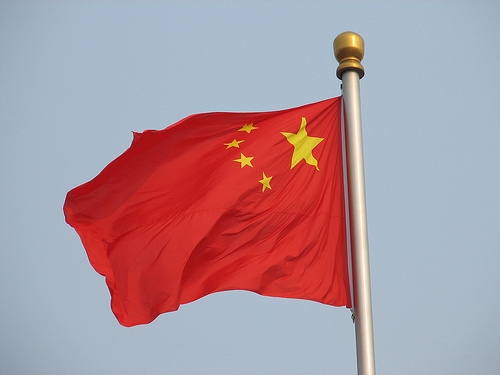
Check out the biggest driver of China inflation
Consumer prices rose 1.9% as fuel price hikes were enforced twice this month.
According to Moody's Analytics, Chinese consumer prices rose 1.9% y/y in September, a mild deceleration from a 2% increase in August. Food inflation decelerated slightly, but nonfood inflation accelerated, which could give the government pause in further stimulus actions.
Here's more from Moody's Analytics:
Food inflation decelerated to 2.5% y/y, after a 3.4% gain in August. Nonfood inflation rose to 1.7% y/y, up from 1.4%
prior. Consumer prices overall rose 0.3% month on month, after a 0.6% m/m gain in August.
A fuel price increase in the month caused a recovery in transport costs. Transport/communication prices are down
0.2% y/y, after a 0.8% y/y decline in August.
Clothing prices rose 3.4% y/y, after a 3.1% increase prior. Household items rose 1.6% y/y, after a 1.8% increase prior.
Housing costs rose 2.3% y/y, up from 2.2% prior.
Inflation data were on the weak side for September. Both consumer and producer price inflation underperformed slightly. However this is not likely to give the government much scope for further stimulus actions for a number of reasons.
On the consumer side the softness in inflation was due to food, which is generally volatile. Nonfood inflation rose and indicates that there is not much slack in key parts of the economy.
The biggest driver of inflation in September seemed to be the hike in retail fuel prices. Fuel prices were increased twice in the month in line with global crude oil trends.
But inflation in housing and household goods has also been quite resilient, which is something the government is watching closely. Given the housing costs rose at the fastest pace in ten months, the likelihood of further interest rate and reserve ratio cuts have been diminished.
























 Advertise
Advertise






